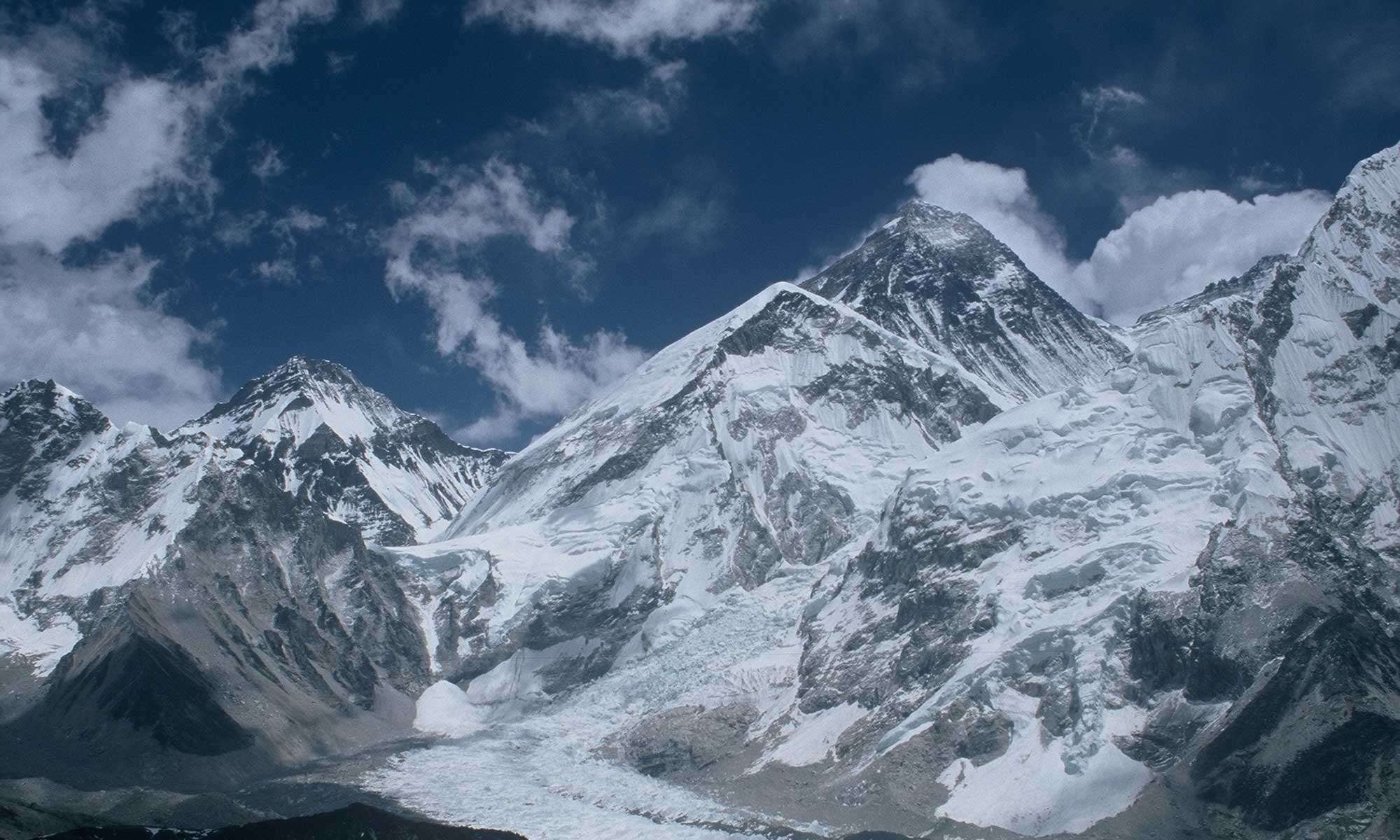What a clumsy attempt! The government of Nepal is trying to prevent unwanted pictures and videos of Mount Everest. In a list of rules for expeditions to the world’s highest mountain – typically enough only published in Nepali so far – climbers are forbidden to use their video cameras or smartphones to record other climbers and then distribute the pictures and films via social networks.
Anyone can photograph or film themselves or their group and share it, Mira Acharya, director at Nepal’s Ministry of Tourism, specified to the Kathmandu Post newspaper, “but they will face action if they take, make and share photos of other climbers without the department’s consent.” This, Acharya said, has long been prohibited by law, but no one has complied.
Harming business
In concrete terms, the new rule means nothing other than Everest censorship: if you as a climber want to publish pictures of a traffic jam on the summit ridge, for example, or even of corpses on the side of the route, you have to get permission from the Ministry of Tourism. But you don’t have to do that, because you will never get this permission. After all, Everest is a lucrative business for Nepal and its government – and such pictures create a bad atmosphere and thus have a potentially damaging effect on business.
“Better management”
In spring 2019, for example, a jam picture taken by Nepalese climber Nirmal Purja had gone viral. As a result, there was worldwide discussion about the excesses on Everest, including whether the conditions were responsible for the fact that eleven climbers had died that season. “It is not because of the traffic jam that there were casualties,” a representative of the Nepalese Ministry of Tourism had replied at the time. As a consequence, however, the number of permits would not be reduced next time – as many critics have been demanding for years – but two ropes would be fixed below the summit, he said, “so there is better management of the flow of climbers”.


